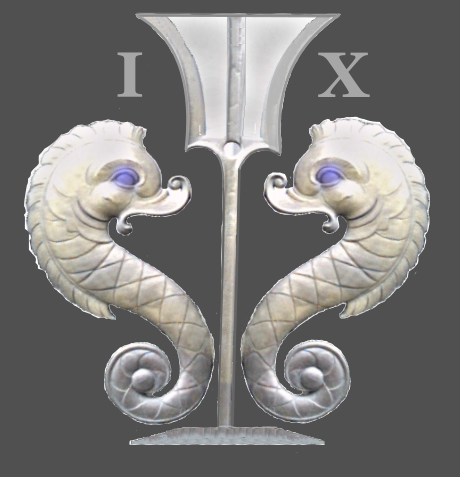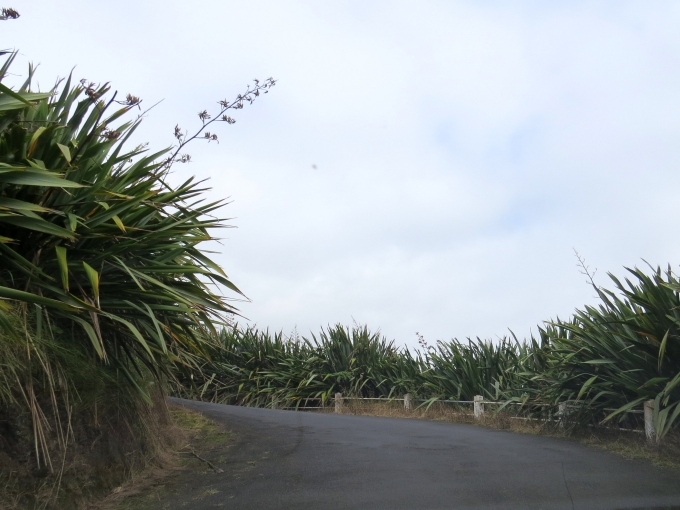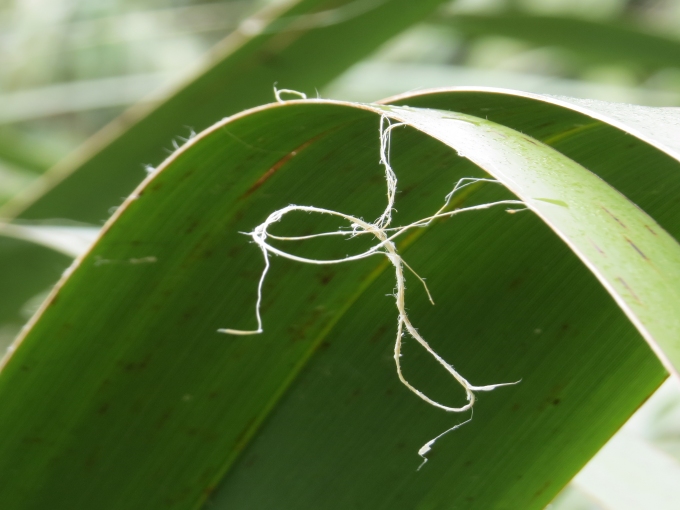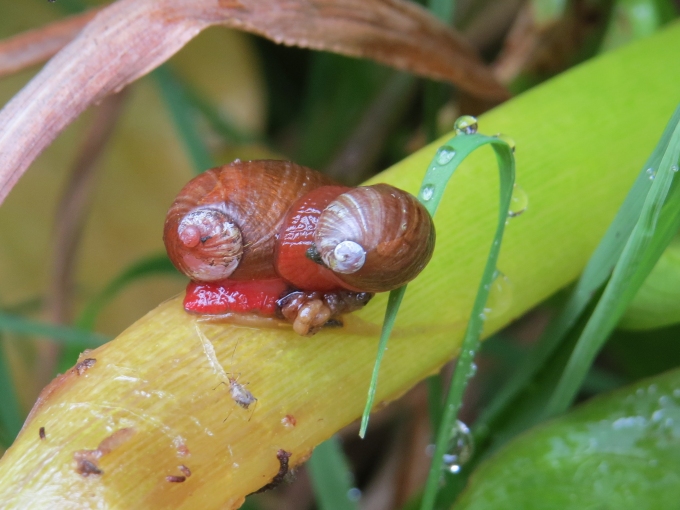Joshua Slocum - Where are you?
/We mentioned Captain Joshua Slocum in several blog posts and actually dedicated a whole post to him on his birthday one year. Slocum's Sailing Alone Around the World

We walked next door and asked a new friend, Val, where the plaque was located. Hmm … she didn't know and asked another tourist info woman. She didn't know either. Our best bet, they said, was going to see Liz at the museum. We didn't have anything else on the agenda, so we trotted the hill to the museum and found Liz only too accommodating. She had no idea where the plaque was, maybe in the Castle Gardens, but she dug through several files and books to verify where it might be. All to no avail. “Go to the Archives” she advised. “They'll surely know where it is.”
So we strolled across Main Street through the Castle gates to the Archives where a lovely young lady spent at least 30 minutes hunting through registers and files, looking for mention of Joshua Slocum and the plaque commemorating his visit to the island in 1898.
She found a copy of the actual newspaper article in the St. Helena Guardian dated April 14, 1898, which she kindly allowed me to photograph, but no mention of the existence of the plaque or its whereabouts. She suggested looking in the Castle Gardens or perhaps, the Heritage Trust would know something about it.
We stopped in the Castle Gardens and made a careful circuit of the grounds, just in case we'd missed it the last time through, but we could find no plaque, so we headed back up Main Street to the Heritage Trust office. We explained our quest and though they promised to look further into it, they had no more information to offer, nor any other suggestions for searching further. We'd exhausted all the options.
The story of Slocum's visit here was a good one, by the way. When he arrived in Jamestown Harbour and anchored Spray (probably not too far from where Nine of Cups is moored today), he was warmly greeted and welcomed. Slocum was quite the raconteur and gave two talks while here, one for a few pence admission (fattening up the cruising kitty) at the Garden Hall and one at Plantation House for the Governor, officers and special guests. He was actually invited to stay at Plantation House as the guest of the Governor (we were not) for a few days in a room that was reputedly haunted. He met no ghosts and received gifts of fresh fruit and cakes when he departed. What the article did not say was that he was also given a gift of a goat, which in his book he refers to as an “incarnation of evil”. The goat managed to eat his West Indies charts, much of his food, several lines and Slocum's best straw hat. He “marooned” the animal ashore at Ascension when he dropped off the mail.
We headed back to Cups, our quest unfulfilled. We reread Slocum's chapter about St. Helena Island, chuckling all over again about the goat and his luck (or lack thereof) with other animals he'd had aboard … a rat, a tree-crab, a centipede and some crickets. The only animals that evidently managed to survive without causing problems were a family of spiders that had been aboard since his departure from Boston.
The next morning we took a short-cut we'd found behind the Customs building up through the Castle Gardens, heading for Anne's Place to do some internet. And there it was … as plain as day … the Slocum plaque. It wasn't really hidden away, just way at the back of the garden where one would usually not go unless heading down to Customs or the apartments just behind. Birds had managed to deface the plaque, but the rest of our water bottle and some toilet tissue did a fine clean-up job. Hello, Joshua Slocum!


















